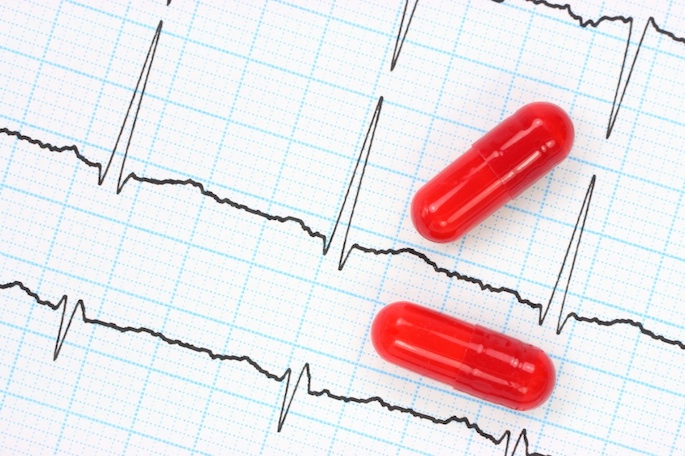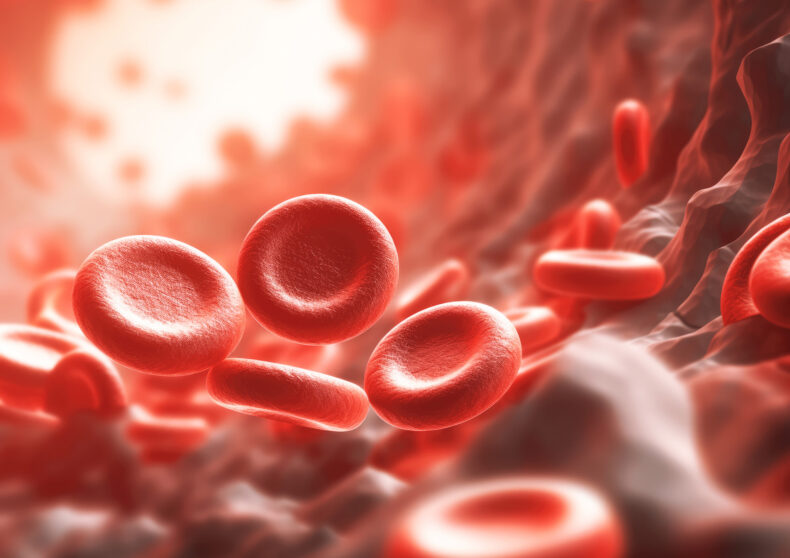The human cardiac voltage-gated sodium channel (Nav1.5) plays a critical role in maintaining regular heartbeats. Mutations in Nav1.5 cause life-threatening heart rhythm disorders (arrhythmias).
Nav1.5 is sensitive to the calcium-ion sensor protein calmodulin (CaM); however, the exact mechanism of how CaM exerts its effect on Nav1.5 is not well understood.
In a study published in the journal Structure, Christopher Johnson, PhD, Walter Chazin, PhD, and their colleagues integrated structural biology data from multiple techniques to show that CaM engages a portion of Nav1.5 known as the “inactivation gate” in a unique manner.
Then they determined that this calcium-dependent binding of CaM promotes the resetting of the channel after it opens, to help prepare for the next heartbeat.
Their work suggests a mechanism for how calcium and calmodulin fine tune cardiac sodium channels and may help in the development of novel therapeutics and improvements to existing treatments for cardiac arrhythmias.
This research was supported by the National Institutes of Health (grants NS007491, HL117612, HL083374, HL071670, GM118089) and by the American Heart Association.
Send suggestions for articles to highlight in Aliquots and any other feedback about the column to aliquots@vanderbilt.edu















